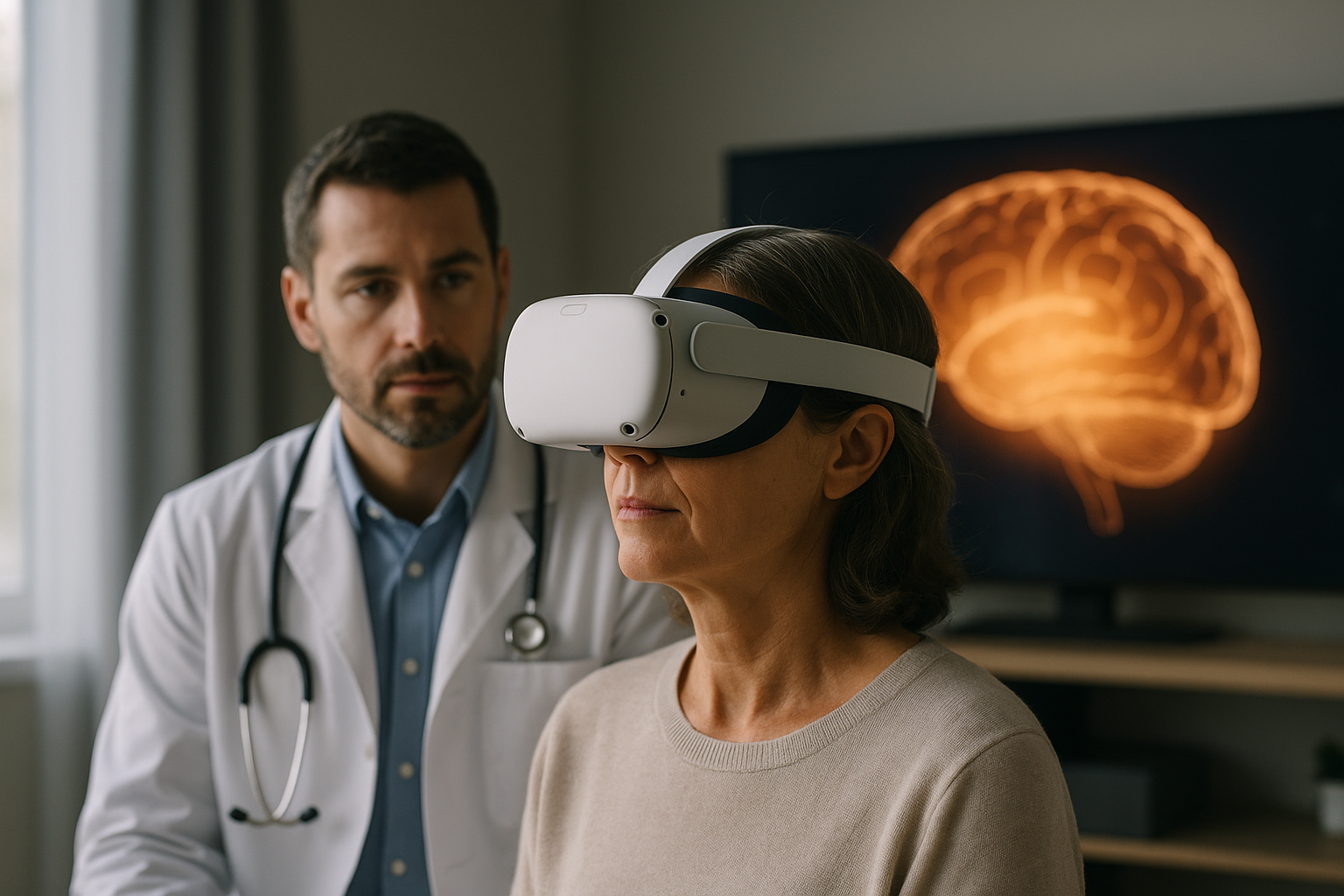Understanding Tardive Dyskinesia: Identifying Early Signs & Managing Symptoms
Tardive Dyskinesia (TD) can present subtle initial signs that often go unrecognized. This article explores what TD is, how it develops, and the crucial early indicators that could help individuals and caregivers understand this condition better. Learn more about the symptoms and potential causes of these involuntary movements.

What is tardive dyskinesia and how does it develop?
Tardive dyskinesia is a movement disorder characterised by involuntary, repetitive movements of the face, tongue, limbs, or trunk. It typically develops as a side effect of long-term use of certain medications, particularly antipsychotics used to treat mental health conditions such as schizophrenia or bipolar disorder. The condition occurs when these medications affect the brain’s dopamine receptors, leading to uncontrolled muscle movements.
What are the early signs of tardive dyskinesia?
Recognising the early signs of tardive dyskinesia is crucial for timely intervention. Some of the initial symptoms may include:
-
Slight tongue movements or tongue protrusion
-
Grimacing or facial tics
-
Lip smacking or puckering
-
Rapid blinking or eye movements
-
Subtle finger or toe tapping
These movements may be mild and intermittent at first, making them easy to overlook. However, being aware of these early signs can lead to earlier detection and treatment.
How do tardive dyskinesia symptoms progress over time?
As tardive dyskinesia progresses, the symptoms may become more pronounced and difficult to control. Advanced symptoms can include:
-
More noticeable facial movements, such as chewing motions or jaw clenching
-
Difficulty speaking or swallowing
-
Involuntary movements of the arms, legs, or trunk
-
Impaired balance or gait
-
Respiratory irregularities
It’s important to note that the severity and progression of symptoms can vary greatly among individuals. Some people may experience mild symptoms that remain stable, while others may see a gradual worsening over time.
What treatment options are available for tardive dyskinesia?
Treatment for tardive dyskinesia often involves a multi-faceted approach. Options may include:
-
Medication adjustments: Reducing or changing the dosage of the medication causing TD
-
Vesicular monoamine transporter 2 (VMAT2) inhibitors: Medications specifically designed to treat TD
-
Botulinum toxin injections: To help reduce muscle contractions in specific areas
-
Deep brain stimulation: In severe cases, this surgical option may be considered
-
Supportive therapies: Such as physical therapy or occupational therapy to improve daily functioning
The choice of treatment depends on the severity of symptoms, overall health, and individual response to different interventions.
How can tardive dyskinesia be managed in daily life?
Managing tardive dyskinesia in everyday life can be challenging, but there are strategies that can help:
-
Stress reduction techniques: Stress can exacerbate symptoms, so practices like meditation or yoga may be beneficial
-
Regular exercise: This can help improve overall muscle control and coordination
-
Dietary adjustments: Some individuals find that certain foods or supplements may help manage symptoms
-
Assistive devices: For those with more severe symptoms, tools to aid in daily tasks may be helpful
-
Support groups: Connecting with others who have TD can provide emotional support and practical tips
In the United Kingdom, the National Health Service (NHS) offers various resources and support for individuals with tardive dyskinesia. Patients can access specialist neurologists and movement disorder clinics through NHS referrals, ensuring comprehensive care tailored to their specific needs.
What are the latest advancements in tardive dyskinesia treatment?
Recent years have seen significant progress in the treatment of tardive dyskinesia. The development of VMAT2 inhibitors has been a game-changer for many patients. These medications work by regulating the release of dopamine in the brain, which can help reduce involuntary movements.
| Treatment | Description | Potential Benefits |
|---|---|---|
| Valbenazine | VMAT2 inhibitor | Reduces TD symptoms with once-daily dosing |
| Deutetrabenazine | VMAT2 inhibitor | Improves TD symptoms with twice-daily dosing |
| Tetrabenazine | VMAT2 inhibitor | May help with TD and other movement disorders |
Prices, rates, or cost estimates mentioned in this article are based on the latest available information but may change over time. Independent research is advised before making financial decisions.
While these medications have shown promise, it’s essential to note that their effectiveness can vary from person to person. Additionally, they may not be suitable for everyone due to potential side effects or interactions with other medications.
In conclusion, understanding tardive dyskinesia, from its early signs to available treatments, is crucial for effective management. Early recognition and intervention can significantly improve outcomes for those affected by this condition. As research continues, new treatments and management strategies may emerge, offering hope for better symptom control and improved quality of life for individuals with tardive dyskinesia.
This article is for informational purposes only and should not be considered medical advice. Please consult a qualified healthcare professional for personalized guidance and treatment.




